NASA is looking for brave volunteers to join a year-long simulated Mars mission starting in the spring of 2025. The mission, called CHAPEA 2, will study the impact of living and working on the Red Planet. The goal of the program is to help NASA prepare for sending humans to Mars in the 2030s.
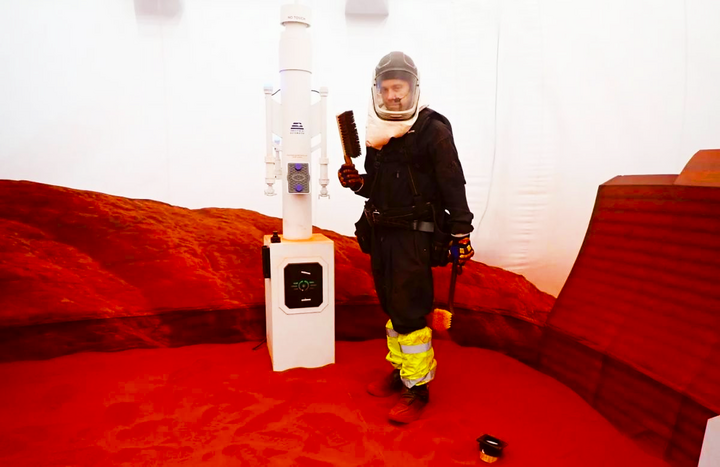
NASA is looking for brave volunteers to join a year-long simulated Mars mission, starting in spring 2025. (Photo: NASA)
Selected crew volunteers will live in a 3D-printed Mars Dune Alpha habitat at NASA's Johnson Space Center in Houston. The habitat is designed to simulate the harsh and isolated conditions of Mars, with limited resources, equipment failures, communications delays, and other challenges built into the simulation.
The volunteer crew of four, selected by NASA, is expected to complete a number of tasks, including simulated spacewalks, robotic operations, habitat maintenance, exercise and crop cultivation in simulated space.
CHAPEA 2 is more than just an experiment, it is a preview of humanity’s future on Mars. The lessons learned here will shape the technologies, strategies, and protocols for the first human mission to the Red Planet.
By simulating Mars on Earth, NASA is taking an important step toward understanding the complexities of long-duration space travel. The mission tests new technologies, assesses risks, and, most importantly, explores the human side of space exploration.
In this mission, NASA is not only seeking to conquer new worlds in space, they are also seeking to understand the nature of exploration and endurance, as well as human potential. The journey of the CHAPEA 2 participants will be a testament to what humanity can achieve when curiosity, courage and science come together.
To apply, you must first understand NASA's requirements. Applicants must be:
- Healthy and active US citizen or permanent resident.
- Do not smoke.
- Age from 30 to 55 years old.
- Proficiency in English to communicate effectively between crew members and mission control.
Selection is also subject to additional NASA criteria and standards. Volunteers must have at least one of the following certifications:
1. Have a Master's degree in a STEM (Science, Technology, Engineering and Mathematics) field.
2. Have a degree in Physical Science or Computer Science from an accredited institution, accompanied by 2 years of professional STEM experience, or must have a minimum of 1,000 hours of jet pilot experience.
3. Have 2 years of working towards a PhD Program in Science, Technology, Engineering and Mathematics.
4. Have a medical degree or have completed previous scientific and technological pilot programs.
5. Completed military officer training, or have a bachelor of science degree in a STEM field, must be accompanied by 4 years of professional experience.
Applications are open through April 2, 2024, on the CHAPEA website. The mission is paid, but the exact amount has not been disclosed. Candidates must undergo a rigorous screening process, including medical and psychological evaluations, interviews, and training. NASA warns applicants that the selection process can take 12 to 14 months, so don’t be discouraged if you don’t hear back right away.
Source


![[Photo] Hungarian President begins official visit to Vietnam](https://vphoto.vietnam.vn/thumb/1200x675/vietnam/resource/IMAGE/2025/5/27/ab75a654c6934572a4f1a566ac63ce82)

![[Photo] Vice President Vo Thi Anh Xuan, French President Emmanuel Macron and his wife visit Hanoi University of Science and Technology](https://vphoto.vietnam.vn/thumb/1200x675/vietnam/resource/IMAGE/2025/5/27/267b6f2bdf3e46439f081b49f6ec26b1)



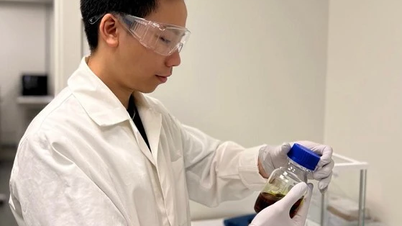







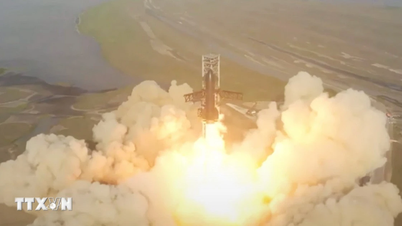






























































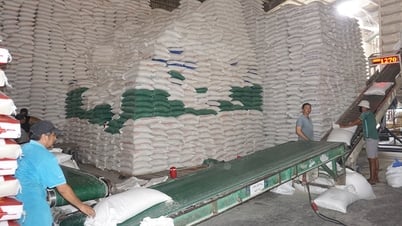

















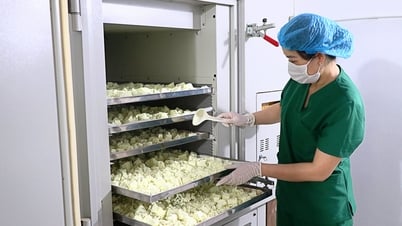



Comment (0)